 User's guide
User's guide
Good On was started in 1997, with the theme of creating a high-quality body that you could wear for a long time, and the more you wear it, the more texture you will get. The concept is USA's durable daily wear that is still loved as second- hands and vintages after more than half a century. When you compare the current USA's mass consumption product to half a century ago, the fabric and sewing quality was excellent for its time.
The ultimate daily wear that you can believe in
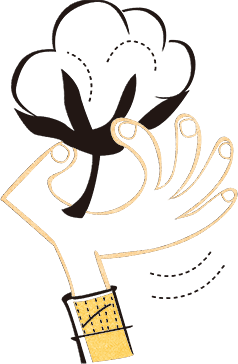

Good On - "COTTON USA" certified
Products made by more than 50% of the world-famous, high-quality
American cotton can use the "COTTON USA" mark on their tag. "COTTON USA" high-quality standard has not only
been certified by the CCI International Cotton Council but also has passed Japan's strict quality standards.
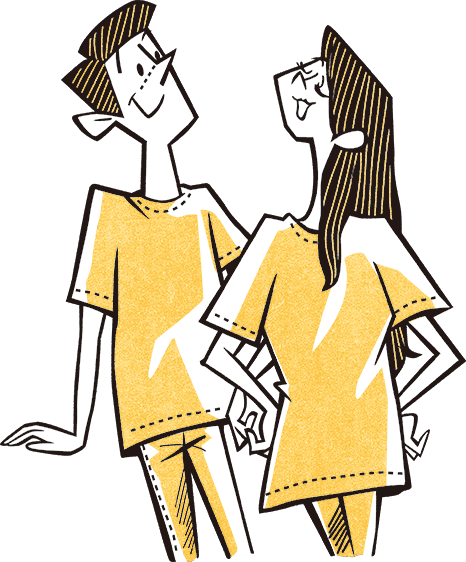
Good On products uses a Japanese sizing standard. Our products are made to fit the Japanese style.
Can be worn unisex, except for our women's only products.
There are some differences in design characteristics, the basic sizing is the same for all products, so you can choose the same size even if the products are different.
* Good On products are dyed, washed and dried, and shipped in a state of maximum shrinkage. As the raw material cotton has different shrinkage rates depending on environmental conditions such as its properties, fabric characteristics, dyeing method, temperature, and humidity at the time of dying, there will be slight individual differences in the finished dimensions. Each completed product has a slightly different character. Therefore, we set the standard dimensions of the finished products and the acceptance line (difference from the standard value). Only those products that pass these standards are considered official products. After purchase, the fabric that has shrunk to its maximum size through wear and laundering gradually becomes softer and more comfortable, resulting in a more comfortable size than when new.

Color fading or color transfer may occur depending on the washing method, washing machine, and detergent type because of Good On’s special method of dying. Especially, pigment-dyed products are delicate products that easily fade out.
When washing Good On products, please confirm the attached quality indication, washing indication well. Basically, we recommend hand-washing in cold water with liquid detergent. If you use a washing machine, use a washing net, use a detergent for clothes, select hand-wash mode, and then dry it naturally in the shade.
* Avoid using detergents containing bleach or fluorescent agents.
* Products are pre-processed so that the color does not come out easily when washing at home. However,
just in case, we recommend that you wash your clothes separately from white or light-colored clothes.
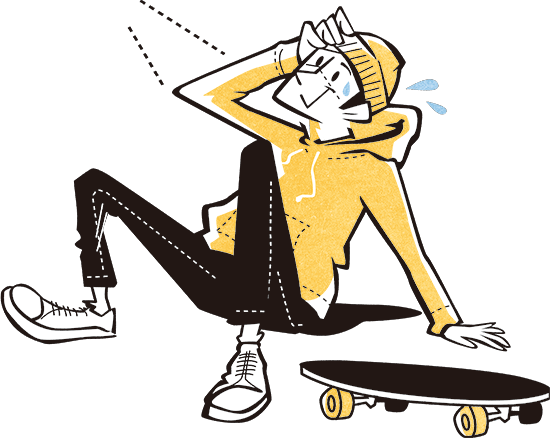
Prolonged exposure to ultraviolet rays or air conditioning may cause the color to burn. Additionally, Extreme friction, heat, sweat, or moisture may also cause partial color fading or color transfer.
If the product is stained while eating or drinking, dab it gently with a wet towel or tissue as soon as possible to absorb the stain along with the water.
If there are any ingredients (oil, alcohol, fruit juices, chemicals, gases, soaps, detergents, etc.) that strongly affect the dye, even if they are not visible, they may cause stains or color fading in subsequent washing.
* Do not use hand towels or wet wipes (may contain alcohol or chemicals).
What is an “Ounce"?

Originally the ounce (oz) is a measure of mass in the US and Imperial measurement systems. T-shirts and sweatshirts have become popular mainly in America, so the thickness of the fabric. It is still customary to use ounces when displaying, although it is not very familiar in Japan. Higher ounces make the fabric heavier (or thicker), lower ounces make it lighter (or thinner). However, low ounces do not necessarily mean poor quality. Please enjoy our product depending on preference, season, and usage.
Is it true that you can wear it for more than 10 years??

Most of Good On's products are simple and basic designs that never go out of style. Also, It is strong enough to withstand the load of the production process, which includes many processes such as dyeing, washing, and high-temperature drying. If you wear it daily for more than 10 years, the products will have a certain amount of aging, damage, and fading. As a matter of fact, some people who feel the texture as "aging" have actually used one product for more than 10 years. When you wash it, Please care with your love without extreme stress to your garment.
Does the size differ depending on the product??

We have standardized the basic size of our products. We may adjust the size to be a more suitable size depending on the product's characteristics and application, such as the thickness and elasticity of the fabric, whether it is inner or outerwear. Since natural cotton is used in “Good On" products and the dye is applied after the sewing process, each product possesses a slight variation in colors andß size.
Why does the thickness and hardness of the fabric differ depending on the color of the same product?

Depending on the dye method and colors, the texture and shrinkage rate is different. You may feel different when you wear a new one. Still, basically, the same products are dyed separately so that there is no difference in thickness, toughness, and specifications, and you wear it repeatedly will become equally comfortable with it. Additionally, since cotton is a natural material, the thread's thickness and texture will change depending on the growing condition of the cotton and the harvest time, but there is no difference in quality.
I see something like a white line on a new product. Is it defective?

First of all, "fine lines like stripes along the knitting line" is a part of the fabric where changes in the knitting's fineness and the yarn's quality are noticeable due to dyeing. However, the degree varies depending on the fabric and the dye color. The "crease-like lines on the sides of the sleeves and body (mainly pigment-dyed products)" are due to pressure and friction during dyeing. In particular, The darker and brighter the color, the more steps are required, so the lines tend to be more noticeable. Pigment dyeing has gone through several rugged processes, such as dyeing in a high-temperature oven, washing, and dehydration in a centrifuge spinning at high speed. During these processes, the dye accumulates on the inside of the sleeves and the sides of the body, and the lines are caused by much friction on the outside. Both are difficult and time-consuming processes that cannot be avoided in the mass production of dyed products. However, these lines will gradually become less noticeable after repeated wear and washing, so please understand that this is a characteristic of products that emphasize natural materials' texture.
After washing, the color has extremely faded partially.

Good On products is inspected, including washing and drying to remove excess dye before
shipping.There are the following causes for partial fading due to washing after purchase.
【If there is white fluff, white pills, or dust on the surface of the discolored area ... 】
There might be possibilities that the effects of detergent ingredients, color migrated from another
laundry, and foreign substances mixed in the washing machine.
【When the fabric's texture is unchanged a lot, but the dye (color) has been removed....】
Strong materials (oil, fruit juice, chemicals, gases, soap, etc.) may have affected the relevant area.
/ There was a possibility that a large amount of detergent may have partially sticked / When worn
there is a possibility that strong friction or heat was applied to the relevant part before washing /
Color burning was caused by continuous exposure to ultraviolet rays or air conditioner gas when you
dry.
However, partial discoloration will slowly become less noticeable as the entire product fades over
time with repeated washing. We recommend hand washing with cold water and a liquid detergent. If you
use a washing machine, use a washing net, use a detergent for clothes, select hand - washing mode.
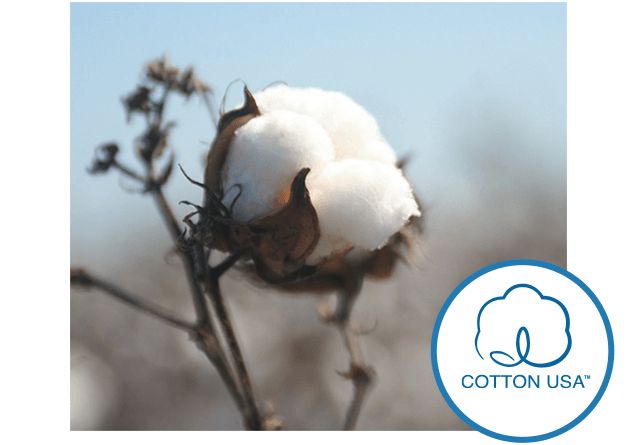
The United States is the world's largest exporter of cotton. Half of the cotton imported into Japan is from the United States. Forty cotton varieties are manufactured in the so called "cotton belt" that included 17 states from the east coast to the west coast. Even though cotton is a very climate-sensitive agricultural product, after many years of breeding and technological development, the United States continuously provides a stable supply of high-quality cotton to the world. Good On has mainly used cotton carded yarn harvested with a “cotton belt."
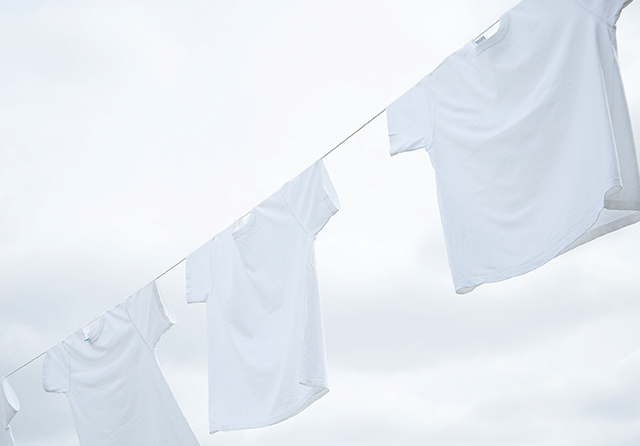
The cotton fabric's fiber tips have a rounded and ridge-like spiral structure on the surface so that cotton fabric creates a soft and flexible touch. Additionally, the center of cotton fiber has a cavity like macaroni. In the summer, the cotton fiber absorbs moisture from the inside and dissipates it to the outside, making it breathable and comfortable. On the other hand, macaroni like a cotton fibers' cavity structure shows excellent insulation effectiveness in a cold climate. Raised fiber or processing it into a pile and contains plenty of air increases the effect of heat retention. In addition, because it is a natural material, static electricity is almost free and durable against ironing heat.
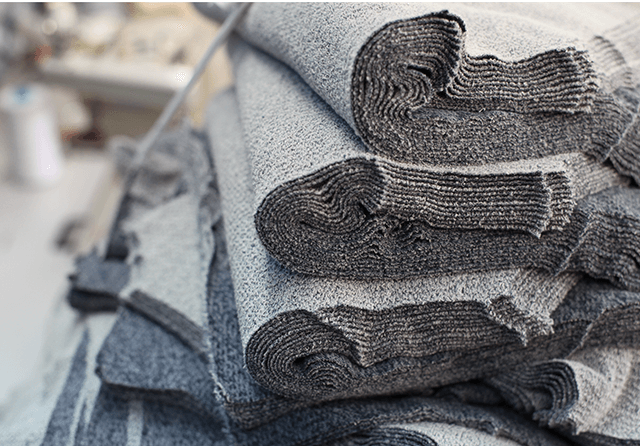
The pattern (designing) is the most time-consuming part of the Good On body production process.
Patterns in clothing are like blueprints. Cotton, being a natural material, shrinks horizontally and
vertically when dyed, making it completely different from the original pattern. We prepare several
patterns to suit the fabric. Because the shrinkage rate of cotton is totally different depending on
the growth of the harvested cotton.
For example, we have 5 to 6 patterns per size for T-shirts and change them 2 to 3 times a season. For
your information, the Good On body will not shrink when washed after purchase. This is because the
fabric is manufactured in its most shrunken state after dyeing, washing, and high-temperature drying.
The best sizing is achieved through repeated prototyping and careful calculation of shrinkage rate.
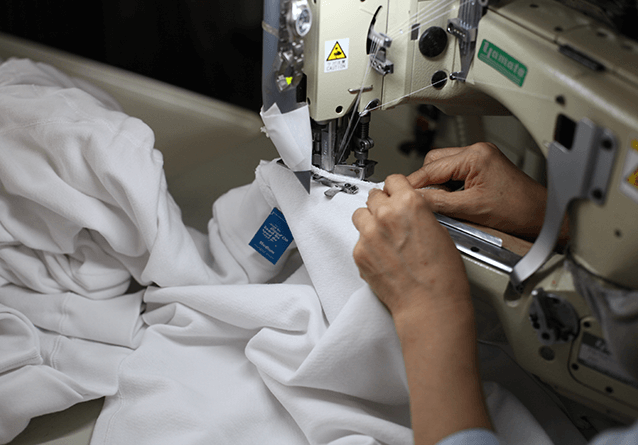
Good On aims to make tough products worn for 10 years without worrying about fraying or punctures. For
that purpose, you sew two layers of fabric on top of each other, sew flat with four needles, sew the
seams of the fabric with two needles, sew the reinforcing tape on the back of the neck, etc.....
durability is created by high sewing technic.
To get ideal color (dyeing) and sizing (high-temperature drying), the quality of products must be
tough until all processes are done. Fabric, color, size, durability - we have realized things we have
to do one by one. Every process was interlocked and tied together as one complete product.
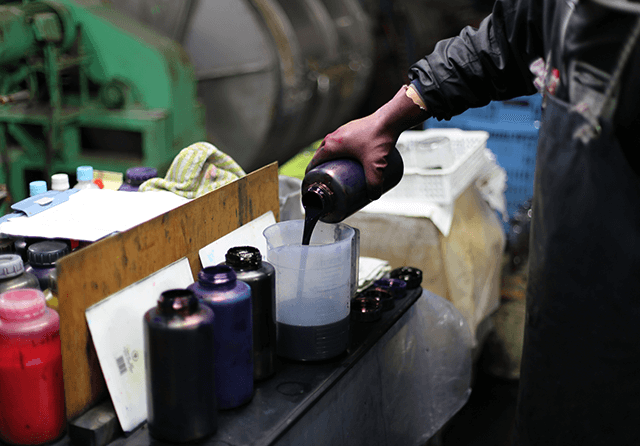
Good On has accumulated more than 100 color variations for over 20 years.
Continuously, both USA and Japanese artisans research a variety of innovative skills that makes a
product improve. We select
designs, fabric characteristics, and colors that suit the season from a huge archive. The beauty of
the colors, the unevenness of the colors that only natural materials can produce, and the fading that
occurs after years of wear and laundering are things we think about.
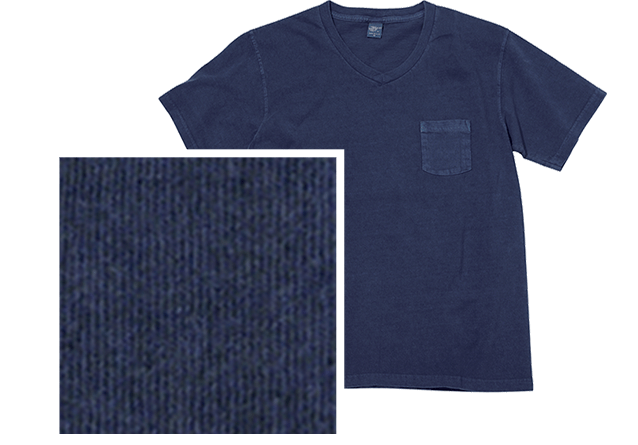
A dyeing method in which large-particle pigments are adhered to the fabric using an adhesive called a
binder. The surface rubs and gradually fades, and the color gradually fades caused by wearing and
washing. The more you wear it, the more the color will fade and change. The longer you use it, the
more you will enjoy the "mellow with aging" as it becomes your own unique piece of clothing, just like
high-quality vintage clothing.
* The darker color-covered with more pigments layer, giving it a firmer texture, feel stiffer. The
lighter color-has a soft finish that tends to retain the original texture of the fabric. As the fabric
is worn and washed repeatedly, it will gradually become softer and more comfortable.
* Pigment dyeing-there are white line-shaped discolored parts and darker lines. This is not a defect
of the product but an inevitable part of the production process. They will disappear while wearing and
washing repeatedly, but they will not disappear completely.
* Since natural cotton is used in "Good On" products and the dye is applied after the sewing process,
each product possesses a slight variation in colors and size. The unique features are distortion,
rubbing, creases on the seams, and a unique color variation to give it that unique look. Additionally,
every knitted place's color, texture difference, and the stitches' streaks are due to the fabric's
characteristics making every merchandise distinctive.
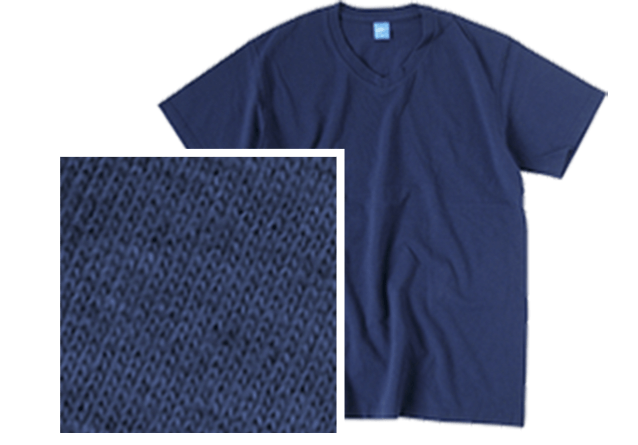
In reactive dyeing, where the color adheres by causing a chemical reaction on the fabric, the dye's fine particles soak into the fabric's inner part, resulting in beautiful colors. It allows the fabric to keep its own texture even after the dying process and is washable. The process works to react directly to the positive ingredient of the fabric called cellulose. It is currently considered to be the strongest dyeing method among the cotton dye methods. The color fades slowly when washed.
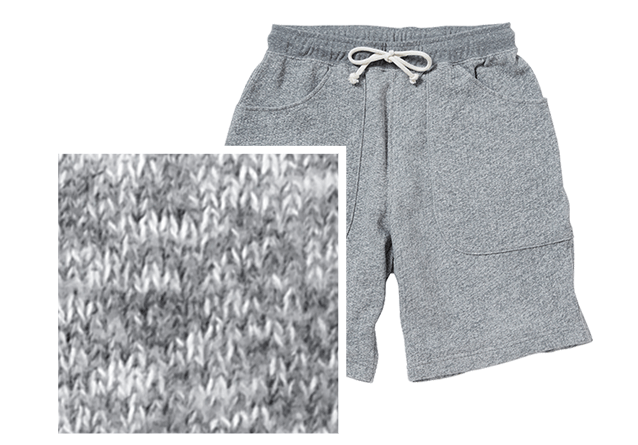
The most commonly used dying method that colors the fabric at the thread stage before knitting. It
offers excellent color fix and lasting color, preventing loss or fading color.
The metal gray product, which is a representative yarn-dyed color of Good On, is softly blended with
lightweight threads to express the soft texture that is characteristic of heather gray cut-and-sew,
without dyeing after the product. It has a soft and stretchy finish.